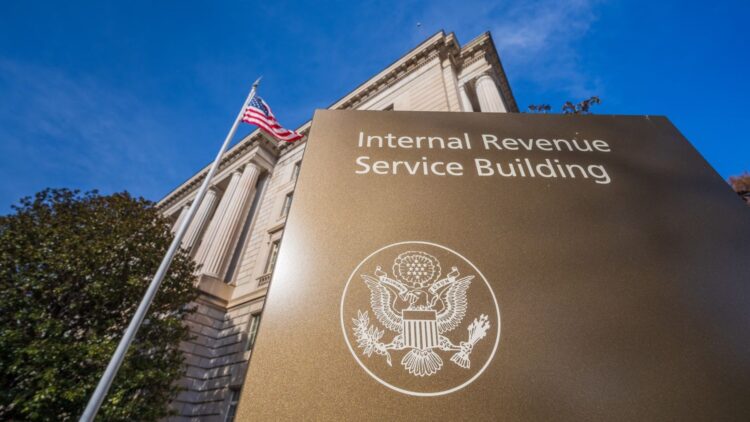The Internal Revenue Service (IRS) announced that interest rates will remain the same for the quarter beginning July 1, 2025 in the United States. The 2025 tax year highlights the Internal Revenue Code and the short-term federal rate are closely scrutinized. Based on underpayments, many corporations are being affected, as well as the daily compound interest rate, which also impacts individual taxpayers. Take a closer look at rate changes and how they can have a direct influence.
Know the interest rates: the rates of overpayments and underpayments are studied
For individuals, the rate for overpayments and underpayments will be 7% per annum, compounded daily. A complete list of interest rates is shown below:
- 7% for overpayments (payments made in excess of the amount due), 6% for corporations.
- 4.5% for the portion of a corporation’s overpayment that exceeds $10,000.
- 7% for underpayments (taxes due but not paid in full).
- 9% for large corporate underpayments.
In accordance with the Internal Revenue Code (IRC), the interest rate is determined quarterly. For taxpayers other than corporations, the overpayment and underpayment rates are equal to the federal short-term rate plus three percentage points.
Generally, in the case of a corporation, the underpayment rate is the federal short-term rate plus three percentage points and the overpayment rate is the federal short-term rate plus two percentage points.
The Large Corporate Shortfall Tax: How It Affects You
The rate for large corporate underpayments is the short-term federal rate plus five percentage points. The rate on the portion of a corporation’s overpayment of taxes in excess of $10,000 for a tax period is the federal short-term rate plus one-half (0.5) of one percentage point. These interest rates are calculated from the short-term federal rate determined during April 2025.
See tax administrative resolution 2025-11
See here the Tax Administrative Ruling 2025-11 announcing the interest rates will appear in the Internal Revenue Bulletin 2025-23, dated June 2, 2025. Here are the highlights related to administration, employee plans, incomex tax and the IRS Mission.
Administrative
Interest rates: underpayments and overpayments. The rates for interest determined under Section 6621 of the code for the calendar quarter beginning July 1, 2025, will be 7 percent for overpayments (6 percent in the case of a corporation), 7 percent for underpayments, and 9 percent for large corporate underpayments. The rate of interest paid on the portion of a corporate overpayment exceeding $10,000 will be 4.5 percent.
Employee plans
This notice sets forth updates on the corporate bond monthly yield curve, the corresponding spot segment rates for April 2025 used under § 417(e)(3)(D), the 24-month average segment rates applicable for May 2025, and the 30-year Treasury rates, as reflected by the application of § 430(h)(2)(C)(iv).
Income tax
Federal rates; adjusted federal rates; adjusted federal long-term rate, and the long-term tax exempt rate.
The IRS Mission
Provide America’s taxpayers top-quality service by helping them understand and meet their tax responsibilities and enforce the law with integrity and fairness to all.
What is the IRS looking for?
In addition to common mistakes such as making hasty calculations, the IRS has access to the forms your employer sends in, such as the W-2. If you try to hide part of your income, the system is likely to detect it.
The IRS also prefers to investigate cases with significant impact. Going after someone with low income for a hundred-dollar error may seem unfair and inefficient. In contrast, detecting an omission of several thousand dollars on a high-income return allows the IRS to show stronger results and justify its budget requests.
About the previous modifications and changes in the rates
Between 2013 and 2021, only 0.44% of individual returns were audited, as well as 0.74% of those filed by companies. This means that most taxpayers will never be audited.
However, if your income exceeds $200,000 annually, the odds increase markedly: about 4% of audits conducted in 2024 targeted individuals above that threshold, compared to just 1% for those earning less.

